Zinta is a village in the Municipality of Minoa Pediada, Heraklion regional unit, Crete, Greece. It is part of the Arkalochori community. The village sits at an altitude of 490 meters on the edge of a hill, overlooking the fertile plain to the east and south.
The village has a small population, with 116 residents recorded in the 2011 census and 90 residents in the 2021 census. The primary occupation of the residents is agriculture, and the area is known for its olive groves.
History
The village is mentioned in records from the late 14th century. It is believed that Zinta was likely a fiefdom of a Venetian family with the same name, possibly indicating that the village was named after its first settler. Other theories suggest the name may be connected to the Dorian word “sida” (or Attic “sidē”), meaning “pomegranate,” or to the ancient Arcadian city of Zoiteion or Zētia.
Two caves with stalactites, containing evidence of prehistoric life, are located in the vicinity of Zinta. Significant archaeological finds have also been unearthed in the area, including a Cycladic marble figurine now exhibited in the Heraklion Archaeological Museum.
The first official record of the village with its current name appears in a 1380 document from the Duke of Chandax’s archive. In all subsequent censuses, it is recorded with the same name, “Sinda.” The Ottoman census lists it as “Zide,” and the Egyptian census of 1834 as “Zida.” Until 1881, Zinta was inhabited exclusively by Muslims. With the new administrative organization of the autonomous Cretan State, it became the seat of the rural municipality of Zinta.
After the Greco-Turkish War and the population exchange between Greece and Turkey in the 1920s, many refugees came to Zinta and settled in the Muslim properties that had been transferred to the state.
During the Greek Resistance against the German occupation in World War II, Zinta served as a surveillance center due to its strategic location overlooking the Kastelli airfield. Resistance fighters from Patsideros and other villages found refuge and care in Zinta.
Present Day
Today, Zinta, like many villages in rural Greece, is experiencing a population decline. The village school, once full of children, is now closed.
The village has about ten churches, including the Church of Saint Nicholas (the patron saint of the village), the Church of Saint George, the Church of Saint Charalambos, and the Church of Saint Chrysostomos of Smyrna (inaugurated in 2015, the first church in Crete dedicated to his memory). A unique feature is the Church of Saint Procopius, reportedly the only church dedicated to this saint in Crete.
Access
Zinta can be accessed via a turnoff from the Heraklion-Arkalochori road, after the village of Alagni, by going through Patsideros. It can also be reached from Arkalochori via the Choumeri crossroads.
Village Key Points
- Historical References:
- 1380 document from the Duke of Chandax’s archive as “Sinda.”
- Ottoman records as “Zide”
- 1834 Egyptian census as “Zida”
- Location: Municipality of Minoa Pediada, Heraklion regional unit, Crete, Greece. 31 km from Heraklion city.
- Altitude: 490 meters
- Historical Significance: Exclusively Muslim population until 1881, role in World War II resistance.
- Population:
Year |
Population |
|---|---|
2011 |
116 |
2021 |
90 |
- Current Status: Active village with a declining population, primarily agricultural economy.
Access
Zinta is 2.6 kilometers away from Arkalochori and 6.2 kilometers away from Thrapsano













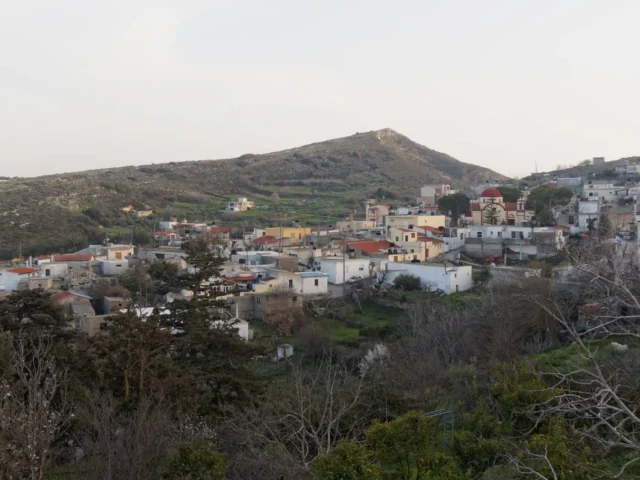



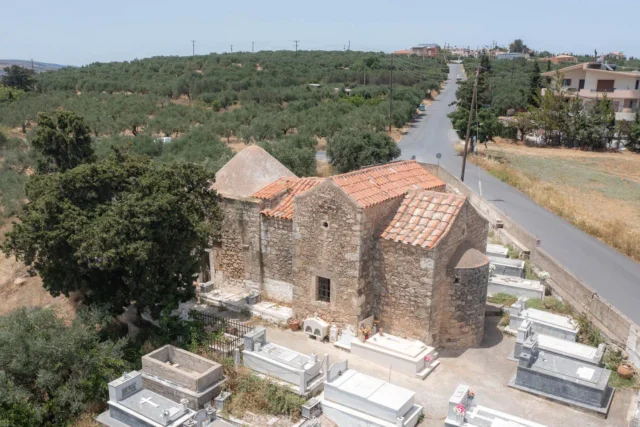
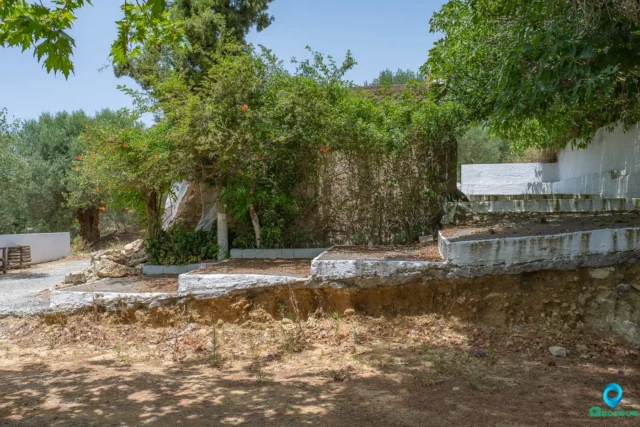
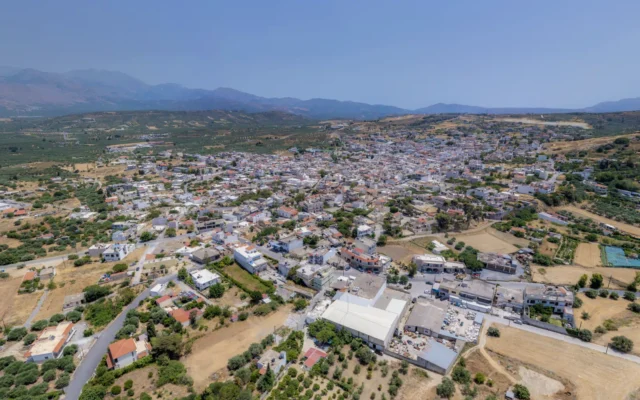

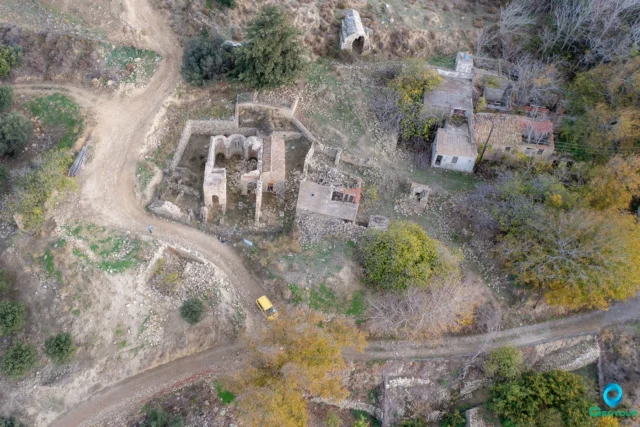
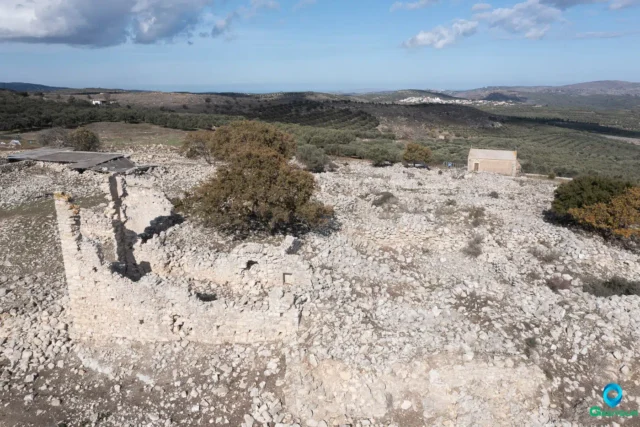
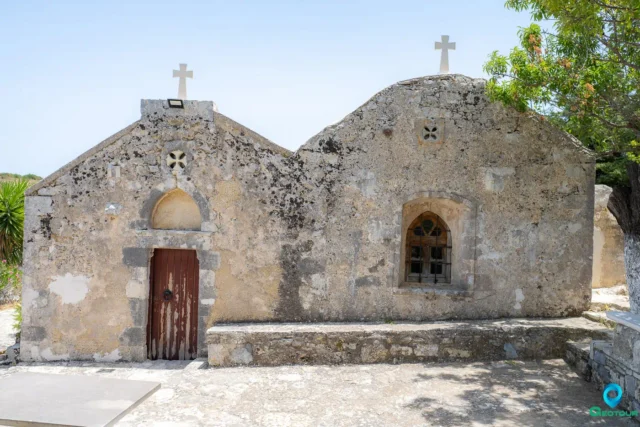


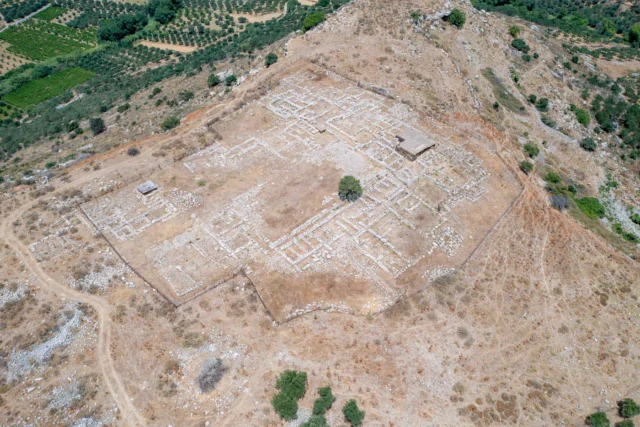
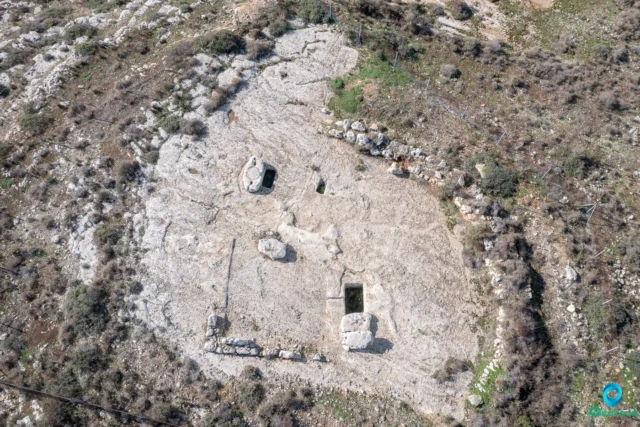

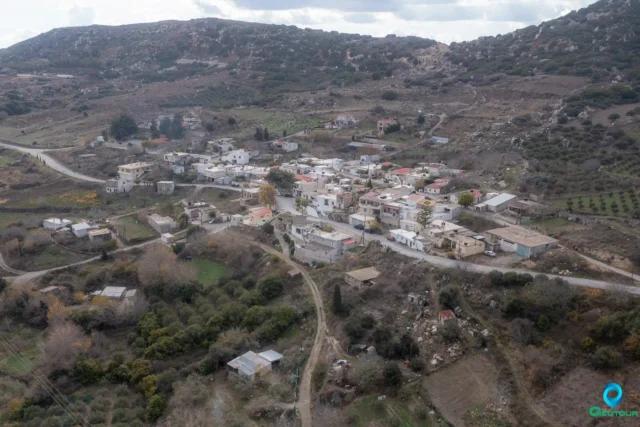
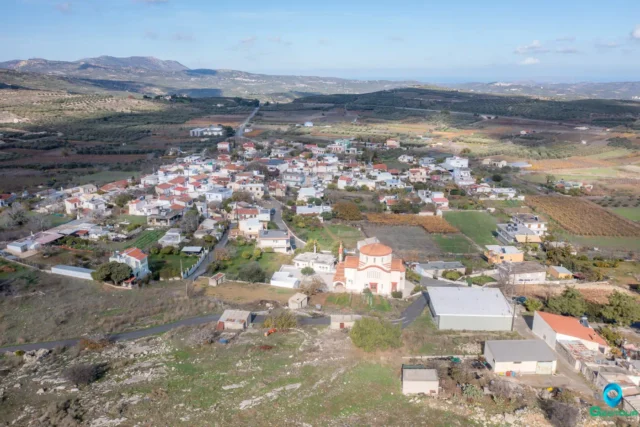
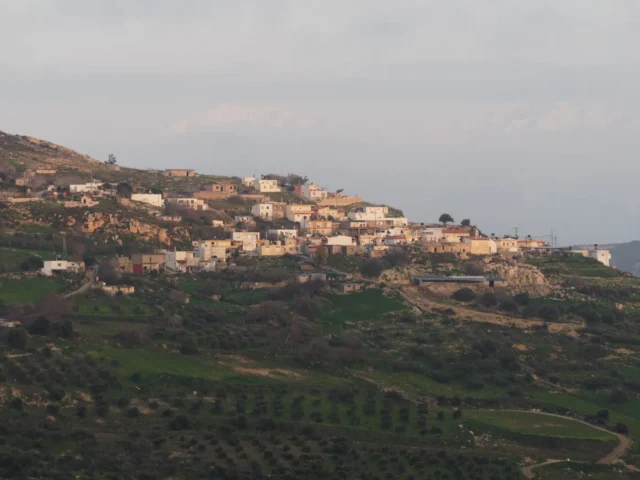
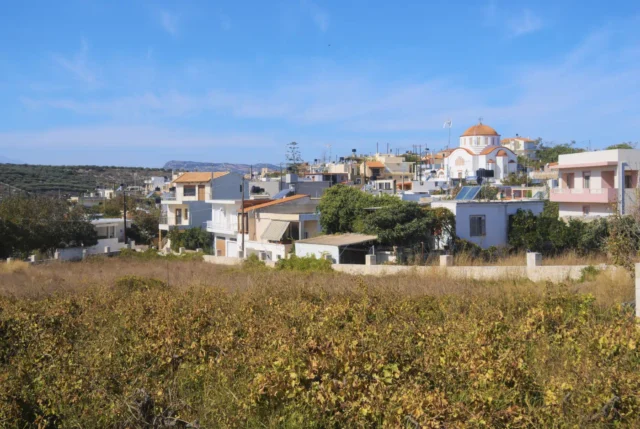

There are no comments yet.